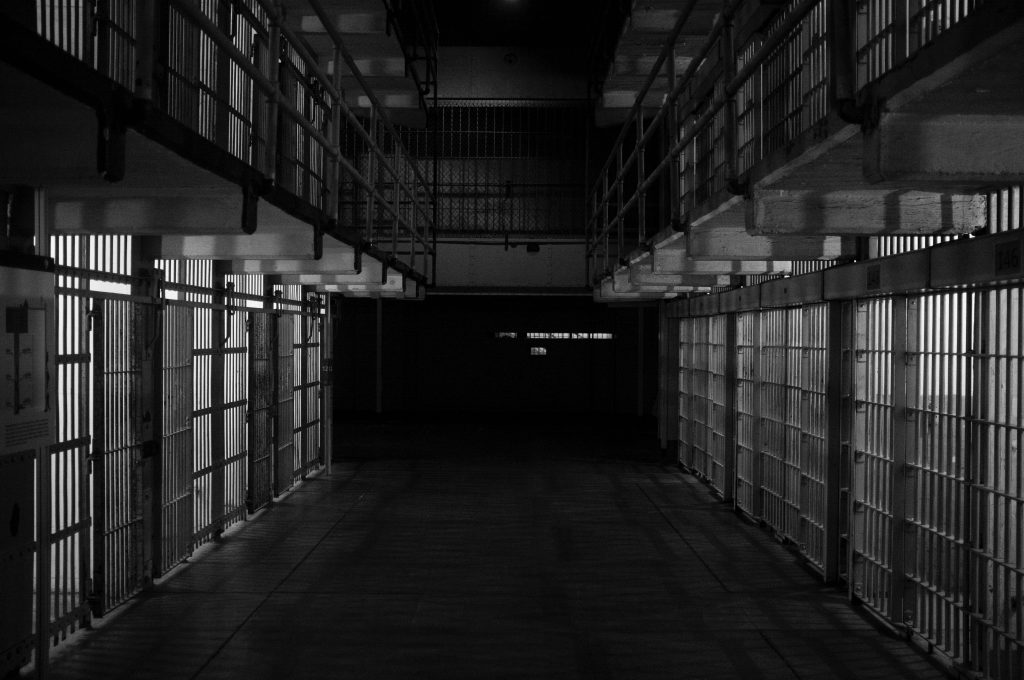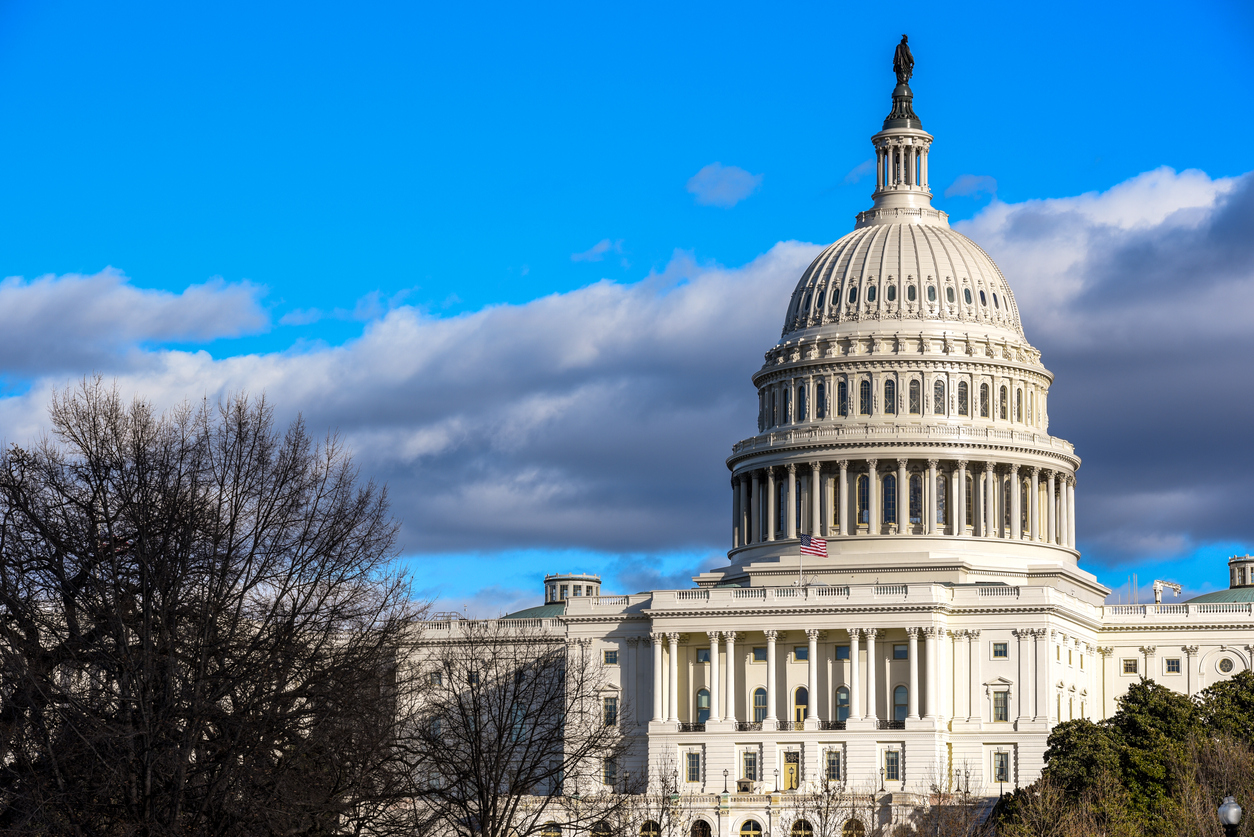President Joe Biden issued an Executive Order on Advancing Effective, Accountable Policing and Criminal Justice Practices to Enhance Public Trust and Public Safety on May 25, 2022. This executive order is significant for a number of reasons. It touches on law enforcement accountability, First Step Act implementation, prison conditions and more. This Explainer focuses on First Step Act implementation.

What does President Biden’s Executive Order say about First Step Act implementation?
President Biden’s Executive Order starts by recognizing the importance of the First Step Act and its implementation. It states that “no one should be required to serve an excessive prison sentence.” “When Congress passed the First Step Act of 2018,” the Order explains, “it sought to relieve people from unfair and unduly harsh sentences….”
According to the Order, the Biden “Administration will fully implement the First Step Act, including by supporting sentencing reduction in appropriate cases and by allowing eligible incarcerated people to participate in recidivism reduction programming and earn time credits.” To do so, the Biden Administration requires that the Attorney General prepare a report on First Step Act implementation within 180 days.
In the report, the Attorney General must summarize:
- “the rehabilitative purpose for each First Step Act expenditure and proposal for the prior and current fiscal years, detailing the number of available and proposed dedicated programming staff and resources, the use of augmentation among BOP staff, and BOP staffing levels at each facility;”
- “any additional funding necessary to fully implement the rehabilitative purpose of the First Step Act, ensure dedicated programming staff for all prisoners, and address staffing shortages in all BOP facilities; and”
- “the following information on the BOP’s risk assessment tool, Prisoner Assessment Tool Targeting Estimated Risk and Needs (PATTERN):”
- “the number of individuals released early due to Earned Time Credits who were subsequently convicted and sentenced … in the year following their release…;”
- “an assessment of any disparate impact of PATTERN…; and”
- “a strategic plan and timeline to improve PATTERN….”
In general, analyzing these issues in a report for President Biden is important. But what will it mean for the people trying to earn First Step Act time credits? It’s hard to say.

What does President Biden’s Executive Order actually do for First Step Act implementation?
As How to Justice has explained (like here, here and here), the BOP’s First Step Act implementation has been slow. Initially, BOP officials delayed implementation for the sake of delaying implementation. Then, in January, the Department of Justice announced a new rule that helped with that implementation. But, even then, incarcerated people and their loved ones still have so many questions about when, if ever, they might get the First Step Act time credits they believe they’ve earned.
The Takeaway:
On paper, President Biden’s May 25, 2022 Executive Order could have a significant impact on the U.S. criminal justice system. In general, those impacts fall into three categories: law enforcement accountability, First Step Act implementation and prison conditions. If they prove effective, the provisions aimed at First Step Act implementation could make a big difference. But will they? For now, it’s hard to say.






